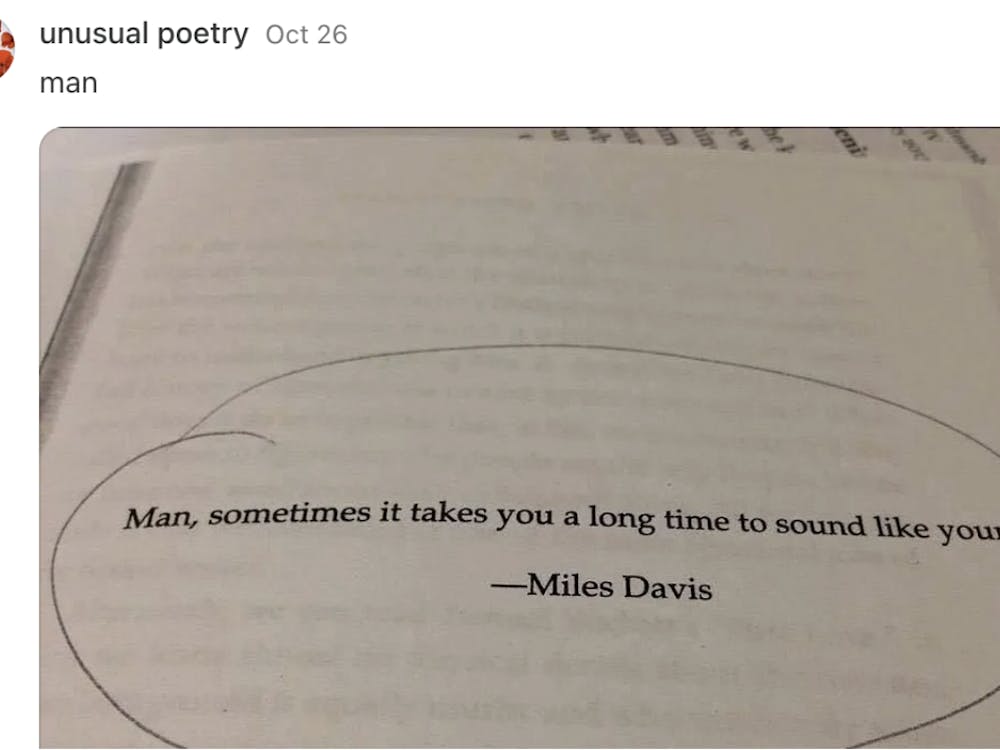In Teller’s latest film, Tim’s Vermeer, the Director/Producer explores Johannes Vermeer as the Master Dutch painter of reality. The question that many art historians and scholars alike have asked is: “How did Vermeer paint photo-realistic paintings so many years before the advent of the photograph?”
The short answer is that he may have had the help of a camera obscura: a box that displays the three dimensional world on a two dimensional surface without compromising the integrity of perspective and light. So in essence, it achieves the same end as a regular camera captures a photograph, while using only a darkened box and a mirror.
His use of the camera obscura has raised many a brow concerning the validity of his status as one of the world’s greatest painters. The film Tim’s Vermeer (currently playing at The Charles) follows inventor, Tim Jenison, as he sets out to make an indistinguishable replica of Vermeer’s The Music Lesson. He created an exact replica of the room with which the painting takes place and uses optical gadgets he has built to make a more sophisticated version of a camera obscura. I won’t ruin the movie for you, but suffice to say that this non-artist created a damn-near close copy of Vermeer’s acclaimed masterpiece.
If an inventor out of San Antonio, Texas was able to paint the same scene as Vermeer by using similar technology, it poses a question regarding the role of technology in art. But personally, I feel Vermeer was simply using whatever tools were available to him. Perhaps his work is not as impressive knowing that he used the camera obscura as it was previously, but it still required a masterful skill to produce the realistic paintings he produced all the way back in the seventeenth century. Vermeer can still be considered an important artist for his contribution to photo realism. Clearly, he did not solely depend on his camera obscura, but rather used it as a guideline. He was still a great artist who clearly made a lasting impact in Dutch culture that remains today. Besides, was this really any different than any other technology used to get ahead in a field? Is it cheating to simply employ a larger tool box than other artists?
Jan Van Eyck, a Flemish painter of the 1400s, made popular use of oil paints, which allowed him to paint fabric and bodies with a realistic palpability; was this an unfair advantage? Most rational people would not think so. To me, the camera obscura is the same as the oil paints, which is the same as a brush or a canvas. These are all tools used to create. That being said, nothing is free; there is a trade off when these tools are used. What is the trade off, exactly, it depends on whose perspective you see things from. The resourcefulness could inhibits the individual growth of an artist or it could literally be more expensive to fund the project.
Looking outside of the art world and into the everyday world, there are constantly new products and drugs that offer an advantage, but also have their trade offs. Nootropics, for example, are mental performance enhancers that work to improve memory retention, synapse, and general brain function. They are over the counter drugs that give a clear advantage to their consumer (given that the individual is receptive to the drug); is this an unfair advantage? The individual is paying for it, not only with their wallet but with the risk of possible side effects. The loaded word in this argument is “unfair.” Maybe it is an unfair advantage, but is unfair synonymous to “wrong”? The most basic understanding of an advantage is something that separates you from your competitors, but not all advantages are unfair. Equality is not always the answer, and it certainly does not fuel competition or drive innovation. The use of technology and medicine in today’s world may not always be ethically or morally acceptable to everyone, but everything is fair game if you ask me.
Carissa Zukowski is a freshman majoring in Public Health Studies and History of Art from Baltimore, MD. She is an Opinions Staff-Writer for the News-Letter.




